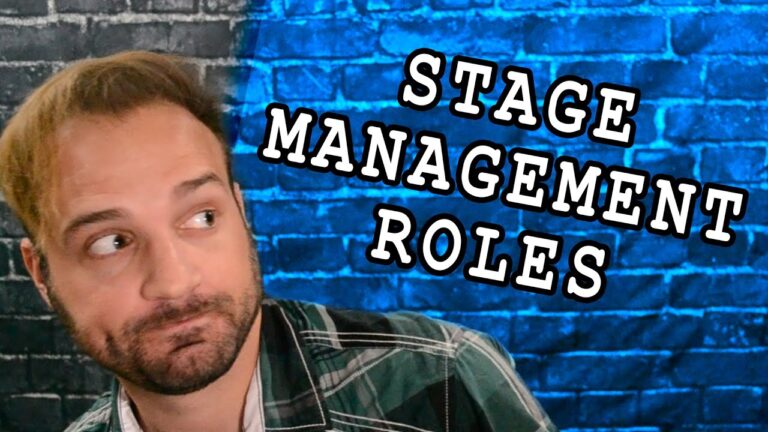High-Paying Design Director Role: Job Description and Salary

Design Director Job Description Template
Design Director Job Description A Design Director is a highly skilled and experienced professional who oversees and manages the design team in various industries, including advertising, marketing, fashion, and product development. They are responsible for creating and executing innovative design concepts that align with the company’s brand identity and objectives. Responsibilities – Lead and manage a team of designers, providing guidance and feedback on their work. – Collaborate with cross-functional teams, such as marketing and product development, to ensure cohesive and visually appealing designs. – Develop and implement design strategies that enhance the brand image and improve overall customer experience. – Stay up-to-date with industry trends and best practices to ensure the design team remains innovative and competitive. – Conduct design reviews and provide constructive criticism to improve the quality of design outputs. – Oversee the creation of design assets, including graphics, illustrations, and layouts, for various marketing materials and campaigns. – Manage multiple design projects simultaneously, ensuring they are delivered on time and within budget. – Establish and maintain relationships with external vendors, such as printers and photographers, to ensure the production of high-quality design deliverables. – Mentor and develop junior designers, fostering a creative and collaborative work environment. Qualifications – Bachelor’s degree in graphic design, visual communication, or a related field. – Proven experience as a Design Director or a similar role, with a strong portfolio showcasing successful design projects. – Proficient in design software and tools, such as Adobe Creative Suite. – Excellent leadership and communication skills, with the ability to articulate design concepts and provide constructive feedback. – Strong understanding of brand identity and the ability to translate it into visually appealing designs. – Detail-oriented with excellent time management and organizational skills. – Ability to work under pressure and meet tight deadlines. – Knowledge of HTML, CSS, and other web design languages is a plus.Design Director Responsibilities
Design Director Requirements
How Much Does A Design Director Make?
Design Director Salary
| Experience Level | Salary Range |
|---|---|
| Entry Level | $60,000 – $80,000 |
| Intermediate | $80,000 – $100,000 |
| Senior | $100,000 – $150,000 |
| Executive | $150,000+ |
A Design Director is responsible for overseeing the design department and ensuring the successful execution of design projects. They manage a team of designers, collaborate with clients, and provide creative direction.
The salary of a Design Director varies based on their experience level. Entry-level Design Directors can expect to earn between $60,000 and $80,000 per year. As they gain more experience and move into intermediate roles, their salary range increases to $80,000 – $100,000. Senior Design Directors, who have extensive experience and expertise, earn between $100,000 and $150,000 annually. At the executive level, Design Directors can earn $150,000 or more.
It’s important to note that these salary ranges are approximate and may vary depending on factors such as location, company size, industry, and individual qualifications.
Design Director Salaries by Country
Top Paying Countries for Design Director
| Country | Average Salary (USD) |
|---|---|
| United States | $120,000 |
| Switzerland | $110,000 |
| Australia | $100,000 |
| United Kingdom | $95,000 |
| Canada | $90,000 |
Design Directors in the United States earn the highest average salary of $120,000 per year, making it the top paying country for this role. Switzerland follows closely with an average salary of $110,000, while Australia, United Kingdom, and Canada offer relatively high salaries as well, ranging from $90,000 to $100,000. These countries are known for their strong design industries and competitive job markets, attracting top talent and offering attractive compensation packages. As a Design Director, considering these countries can provide you with excellent career opportunities and financial rewards.
A video on the topic Design Director
Video Source : VogueInterview Questions for Design Director
1. Can you tell us about your experience as a Design Director?
I have been working as a Design Director for the past 10 years. During this time, I have led numerous design projects for various clients in different industries. I have managed design teams, provided creative direction, and ensured the successful execution of design strategies.
2. What skills do you think are essential for a Design Director?
As a Design Director, it is crucial to have strong leadership and communication skills. Additionally, a solid understanding of design principles, creativity, and the ability to think strategically are also important. Being able to manage multiple projects and meet deadlines is essential as well.
3. How do you approach designing for different target audiences?
When designing for different target audiences, I believe it is important to conduct thorough research and gather insights about the audience’s preferences, needs, and expectations. This helps me tailor the design to effectively communicate with the intended audience and create a positive user experience.
4. How do you handle feedback and criticism on your designs?
I view feedback and criticism as opportunities for growth and improvement. I actively seek feedback from my team and clients throughout the design process, and I always approach it with an open mind. I believe in constructive criticism and use it to refine my designs and ensure they meet the project objectives.
5. How do you stay updated with the latest design trends and technologies?
I am a firm believer in continuous learning and staying updated with the latest design trends and technologies. I regularly attend design conferences, workshops, and webinars. I also follow industry blogs, read design publications, and engage with other design professionals through online communities.
6. How do you manage and prioritize multiple design projects simultaneously?
Managing and prioritizing multiple design projects requires effective time management and organizational skills. I create detailed project plans, set clear priorities, and delegate tasks to team members. Regular communication and progress tracking help me ensure that each project receives the attention it needs to meet deadlines and deliver quality results.
7. Can you share an example of a challenging design project you successfully completed?
One of the most challenging design projects I worked on was a rebranding campaign for a well-established company. The project involved redesigning their logo, website, and marketing materials. I had to balance modernizing their brand while still maintaining their existing brand equity. Through close collaboration with the client and my team, we successfully delivered a fresh and cohesive design solution that received positive feedback from both the client and their customers.
8. How do you ensure collaboration and effective communication within a design team?
I believe in fostering a collaborative and inclusive environment within the design team. Regular team meetings and brainstorming sessions allow for open communication and idea sharing. I also encourage feedback and contributions from team members, ensuring that everyone feels valued and heard. Additionally, utilizing project management and collaboration tools helps streamline communication and keep everyone on the same page.
9. How do you handle tight deadlines and pressure in a design project?
When faced with tight deadlines and pressure, I remain calm and focused. I prioritize tasks, delegate responsibilities, and ensure that everyone on the team understands the urgency of the situation. I also maintain open communication with clients, keeping them updated on the progress and managing their expectations. Adapting to changes and being flexible in the design process is also important in meeting tight deadlines.
10. What is your approach to fostering innovation and creativity within a design team?
I believe in creating a supportive and inspiring environment that encourages innovation and creativity. I provide my team with the freedom to explore ideas, take risks, and think outside the box. Regular brainstorming sessions and design critiques help stimulate creativity and generate new ideas. I also promote continuous learning by providing resources and opportunities for skill development.






